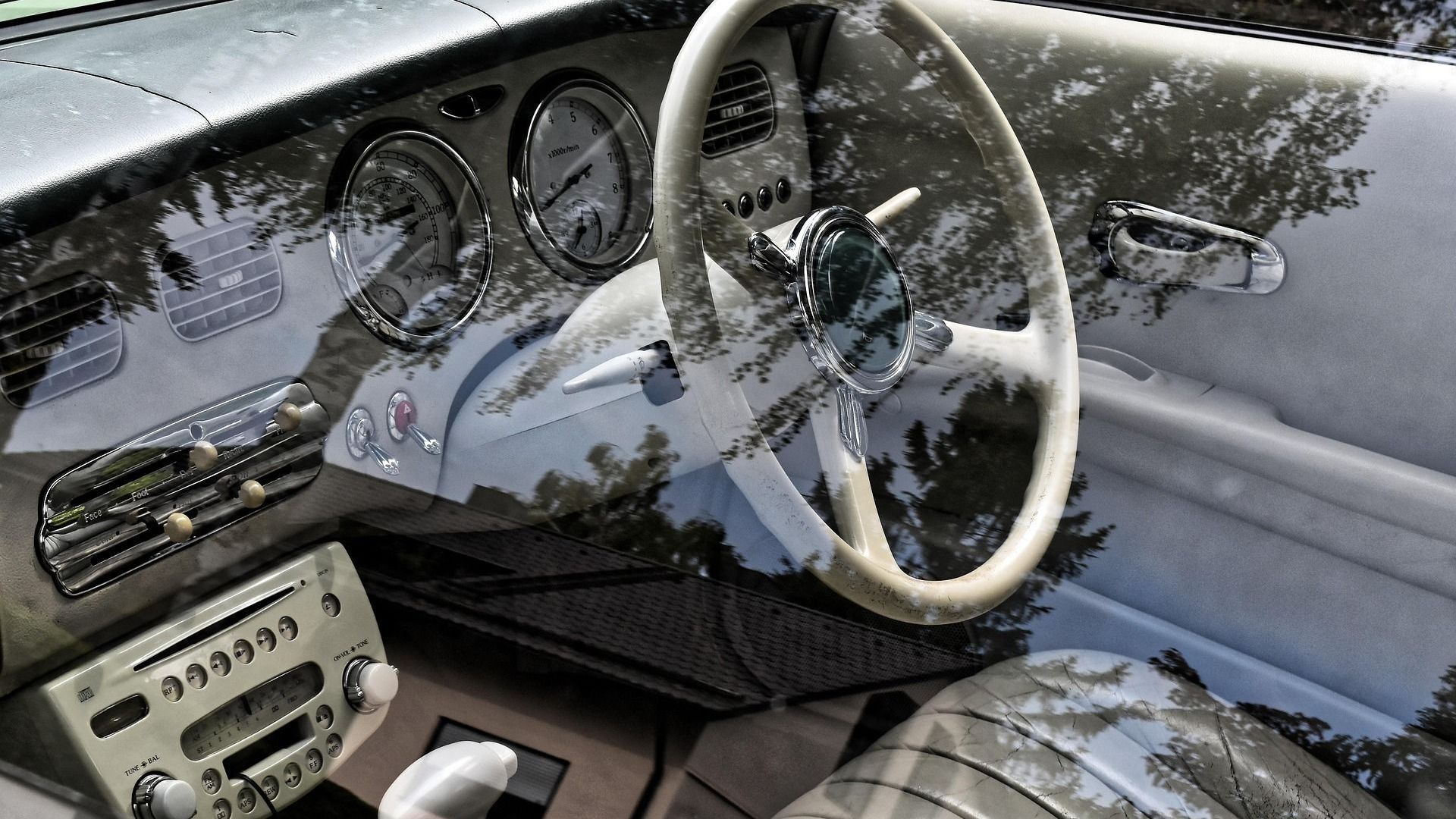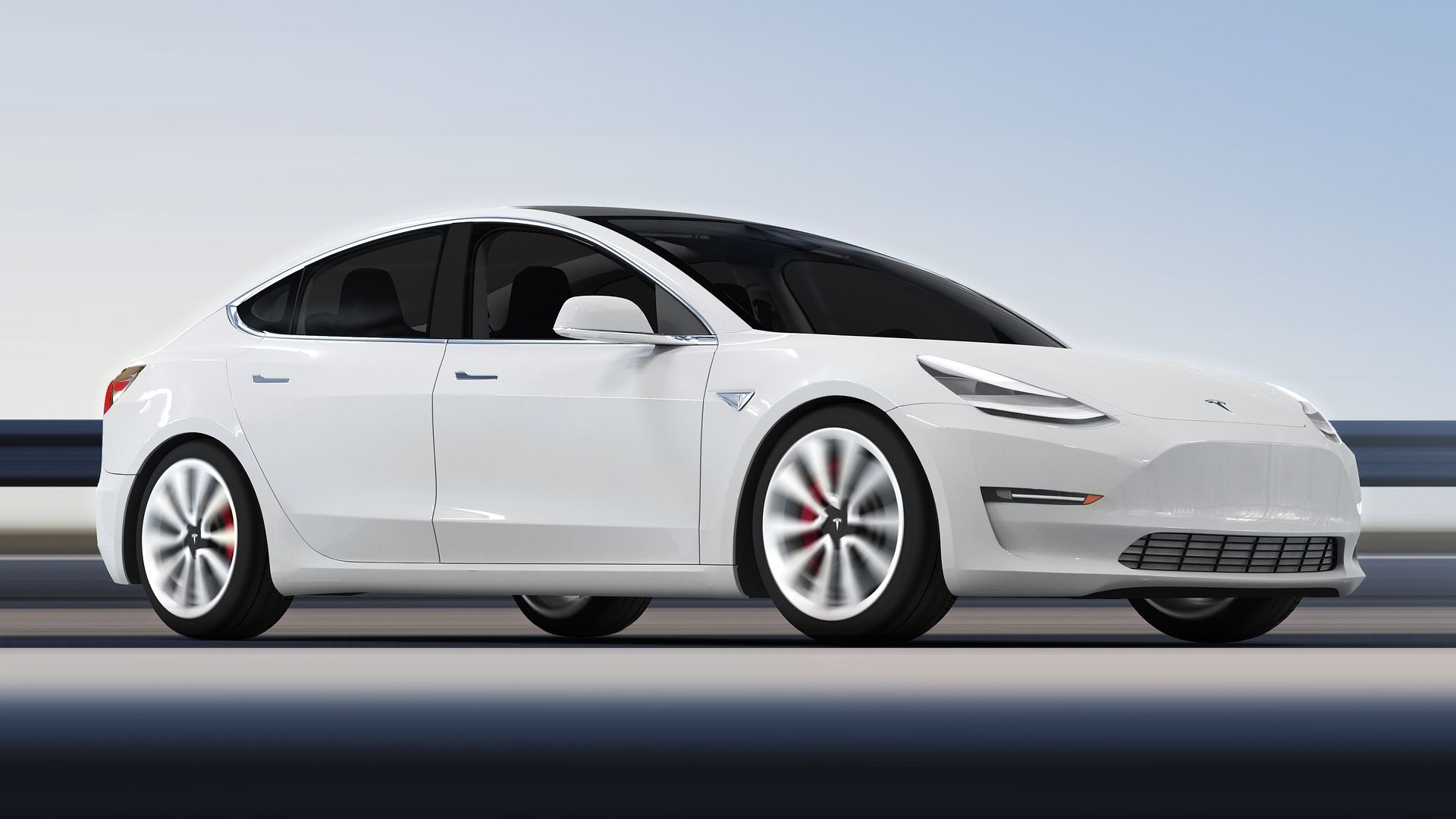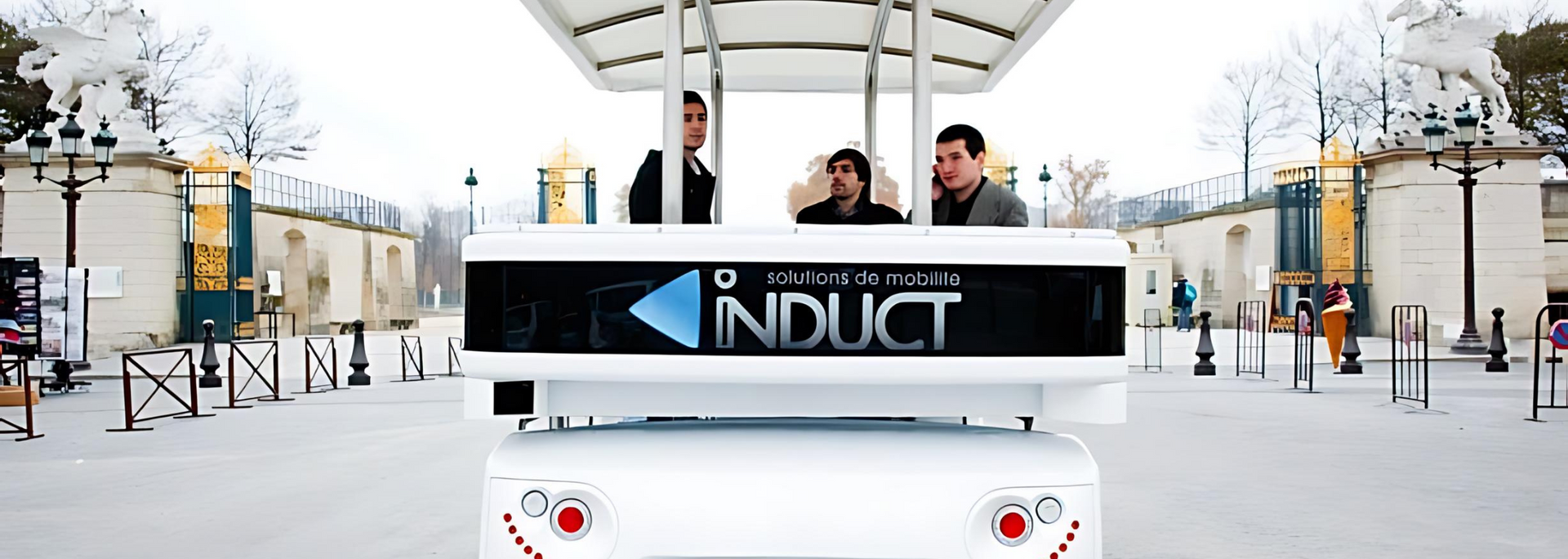Are self-driving rental cars the future of vehicle hire?
How long until we see fully driverless rental cars on UK roads? Join us as we weigh up the evidence.

Picture yourself arriving at the airport after a long-haul flight. Now, imagine that the first thing that meets you at the gate is your rental car.
You get in at the driver's side – but you're not the driver. This computer-controlled electric vehicle will take you directly to your hotel and you hardly have to lift a finger.
If this scenario seems far-fetched, consider this: electric vehicles (EVs) are now a common sight on our roads. And while fully driverless cars are not yet available in the UK, the government is introducing legislation to make their sale possible.
So just how long will it be until our rental cars turn their back on the good old combustion engine and, well… good old human drivers?
It's an interesting question to consider. Let's consider it.
The basics of EVs and self-driving vehicles
First of all, what
exactly
is an EV? Are they what you might have imagined cars of the future would look like when you were a kid (minus the flying ability)?
No. But the truth is almost as impressive.
An EV is a car that's powered solely by an electric motor. This means no oil and no coolant – just a plug and a very, very big battery.
A self-driving system, meanwhile, is basically an autopilot for your car. It takes over the management of the vehicle and uses a fleet of cameras, sensors and algorithms to drive independently. Traffic conditions are monitored and responded to in real time.
EVs and self-driving systems go hand in hand. While non-electric self-driving vehicles exist, they're rare and tend to be limited to industrial applications.
What's the state of self-driving technology in 2024?
Self-driving vehicles currently take a couple of different forms.
Most self-driving cars are not fully autonomous. They have a steering wheel and require a human to sit in the driver's seat in case something goes pear-shaped.
For these types of cars, the self-driving mode is an option – but it's not the default. Examples include the Tesla Model 3 and Model Y.

The other category is the fully self-driving vehicle. These require and demand no human input.
Take Google's Waymo project, for instance. Available in four US cities, this fully autonomous taxi service will pick you up and drive you safely to your destination – no driver required.
Sounds unnerving, right? It might take some getting used to, that's for sure. But it might make you feel better to know that the technology behind fully autonomous vehicles has been around since the 1980s.
That's right. Tech nerds and car enthusiasts were working on driverless vehicles while the rest of us were backcombing our hair and dancing to Duran Duran. Figures.
Now, think back to when the first iPhone was released. When it landed in 2007, the tech felt as novel as a gold-plated UFO. However, it soon became part of our everyday lives.
Could it be that driverless cars do for our commutes what the iPhone did for communication? That remains to be seen – but it's not beyond the realms of possibility.
What was the first self-driving production car?
It wasn't a Tesla if that's what you were thinking.
Various vehicle manufacturers experimented with self-driving cars in the 2010s. The Japanese brand Nissan, for instance, created a self-driving version of its all-electric Leaf in 2013. However, this was created for demonstration purposes and wasn't available to the general public.
The first self-driving production car, it turns out, was launched by little-known French manufacturer Induct Technology in 2014. Known as the Navia, it looked like a golf cart and could manage a whopping 12.5 miles per hour. Impressive.

But let's be honest. We can't talk about self-driving tech without talking about Tesla. This Texan company unveiled its semi-autonomous Autopilot technology in 2015 and has since become the poster child for autonomous vehicles.
Tesla currently offers its Full Self-Driving feature as a bolt-on in the US and Canada only.
Despite the name, Full Self-Driving doesn't
technically
drive itself. Tesla states that the system works under the driver's "active supervision".
And earlier iterations of its driver assist feature weren't without their critics. Owners were quick to point out near-misses and even crashes caused – they say – by the system's mistakes.
This, however, hasn't slowed Tesla down. The firm continues to develop self-driving technology and promises to unveil its long-awaited "Robotaxi" later this year.
So, is driverless technology the future of car hire?
Self-driving tech is developing fast. But how long until we see fully electric, fully autonomous rental cars on the road?
We'll put it this way: don't hold your breath.
Many would argue that EV battery technology isn't where it needs to be for a one-size-fits-all hire option. And rental firm Hertz would appear to agree.
Earlier this year, Hertz's US division sold off more than 300,000 electric cars from its substantial fleet – including Tesla Model 3s. This is despite plans to make 25% of its fleet fully electric by the end of 2024.
The company cited ramping repair costs as one of the reasons behind the move. But we'd guess there may be other factors involved – including that old electric chestnut: driving range.
Despite technological advances, long-distance EV driving still isn't practical without a timely charge stop. This is especially true at the budget end of the EV and self-drive spectrum, where few options are capable of door-to-door, 200-mile journeys.
Right now, high costs and a lack of fast EV charging points make self-driving electric rentals a difficult proposition. But for how long? Watch this space…
Are you looking for a comfortable, trustworthy (and petrol-powered)
rental vehicle? MVH Rental has served the North East for more than 20 years.
Browse our fleet or
get in touch with our friendly team for a fast, free quote.











